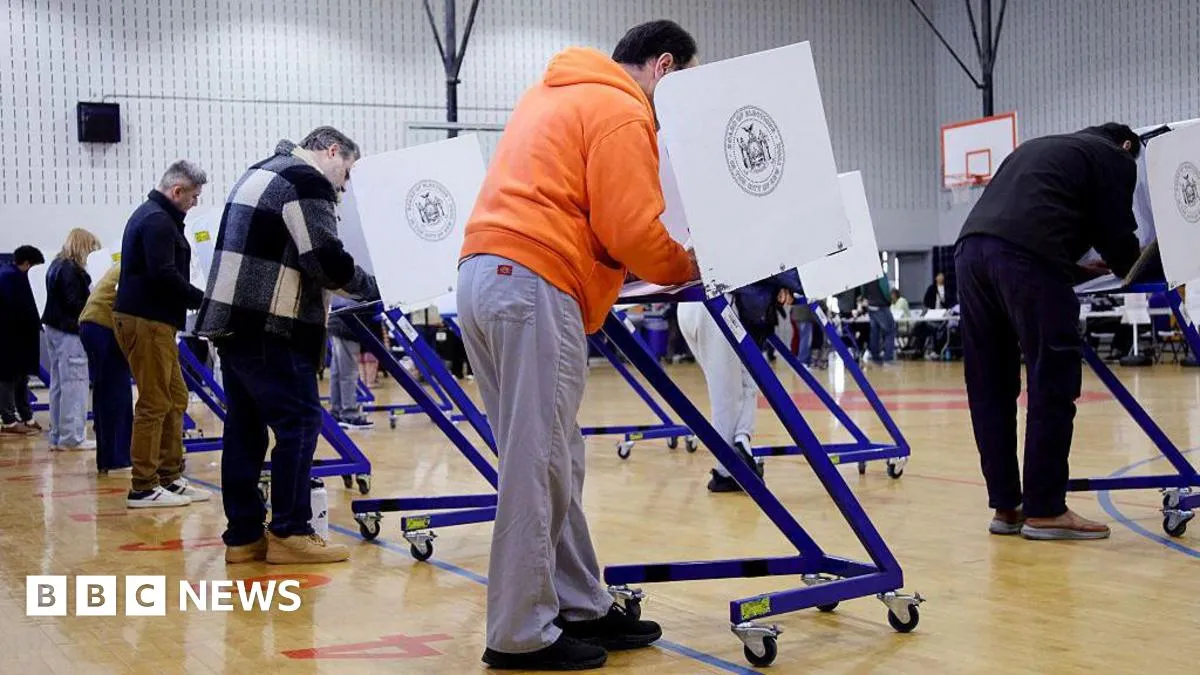
The New York mayoral election is a critical event, drawing attention to a range of pressing issues that impact the daily lives of New Yorkers. From affordable housing to public transit and homelessness, candidates are positioning themselves on various fronts as they seek to secure votes. Let's delve into the major topics dominating this election cycle and examine where each candidate stands.
One of the most significant issues in the New York mayoral race is affordable housing. New Yorkers are grappling with soaring living costs, particularly in the rental market. All three candidates have prioritized affordability in their campaigns. Candidate Mamdani proposes implementing rent freezes on stabilized apartments and aims to hold corrupt landlords accountable for their actions. In contrast, Cuomo expresses skepticism about rent freezes, advocating instead for stricter criteria on who qualifies for rent-stabilized apartments. Sliwa, on the other hand, believes the next mayor should focus on freeing up vacant apartments within the New York City Housing Authority (NYCHA) to provide more housing opportunities for residents.
Another hot topic is the proposal for free public transit, particularly regarding buses. Mamdani's plan to eliminate bus fares has faced criticism from both Sliwa and Cuomo. During a recent debate, Sliwa dismissed the idea, suggesting that it would encourage fare evasion and attract vagrants to the transit system. Cuomo argues that Mamdani's approach would unfairly subsidize wealthier individuals, asserting that public transit should not be free for those who can afford to pay. This debate highlights the differing philosophies among candidates regarding how to manage and fund public transportation in New York City.
Homelessness remains a critical concern in New York City, and the candidates have proposed varying solutions. Both Sliwa and Cuomo advocate for increasing the number of police officers in the NYPD to address crime, which they believe is linked to homelessness. Conversely, Mamdani aims to maintain the current budget for the police force while introducing a new Department of Community Safety to specifically handle 911 calls related to homelessness and mental health crises. This divergence in approaches illustrates the candidates' differing views on how to effectively tackle the issue of homelessness in the city.
As the election unfolds, candidates are also addressing the potential impact of the Trump administration on New York City. With threats of funding cuts and federal troop deployments, all three candidates have articulated their strategies for dealing with the president. While Cuomo and Mamdani pledge to confront Trump and advocate for the city's interests, Sliwa takes a different approach, expressing a willingness to work collaboratively with the administration. Mamdani emphasized his commitment during a debate, stating, "If he ever wants to come for New Yorkers in the way that he has been, he's going to have to get through me."
While the race for New York's next mayor is capturing headlines, several other significant elections are taking place today. In California, voters are being asked to approve a proposed redistricting plan that would allow the state's Democratic leadership to redraw congressional districts mid-decade. This move comes as Republican-led states, like Texas and Missouri, aim to manipulate their congressional maps for electoral advantage.
In New Jersey, the governor's race is generating considerable attention, with polls indicating a tight contest between Democrat Mikie Sherrill and Republican Jack Ciattarelli. Sherrill, currently serving New Jersey's 11th District in Congress, faces Ciattarelli, a former state assemblyman, in a state that typically leans Democratic but has elected Republican governors in the past.
Meanwhile, the Virginia governor's race is also noteworthy, with candidates Abigail Spanberger (Democrat) and Winsome Earle-Sears (Republican) vying to become the state's first female governor. Virginia's political landscape has historically shifted between parties, making this election a potential indicator of the electorate's mood.
As voters head to the polls today, the outcomes in these races, particularly in New York City, will have far-reaching implications for the future of the city and beyond.